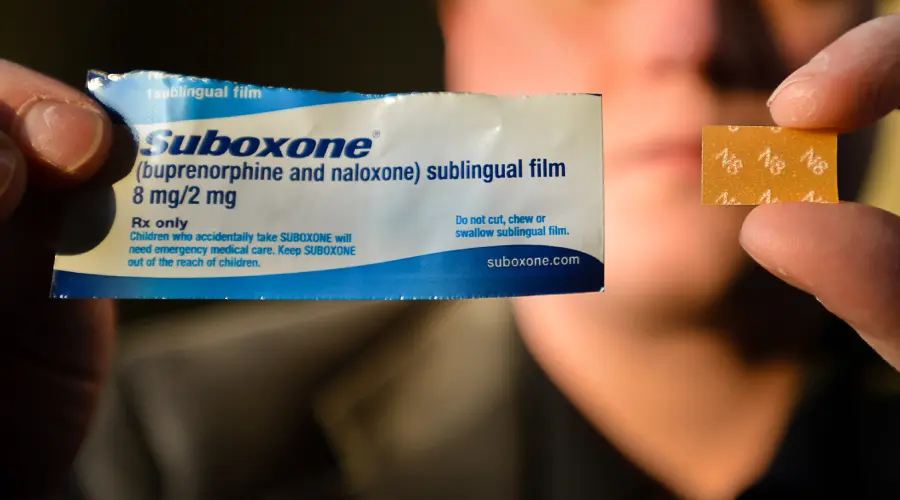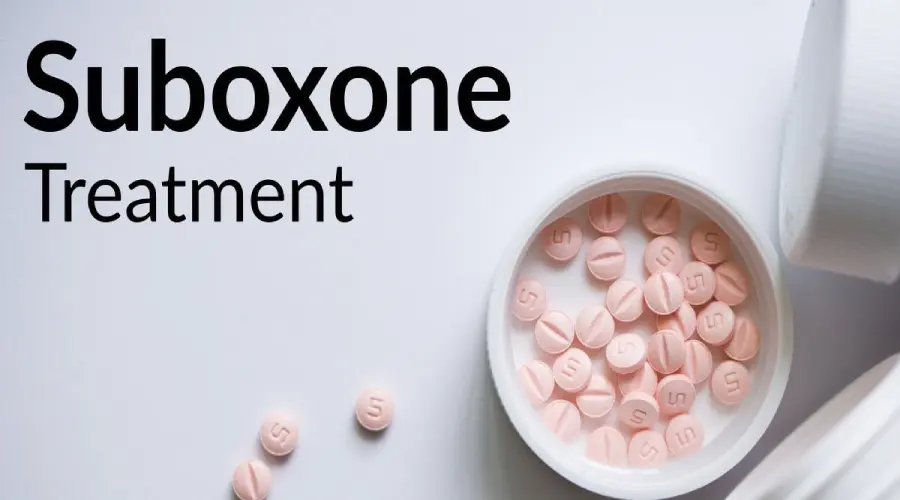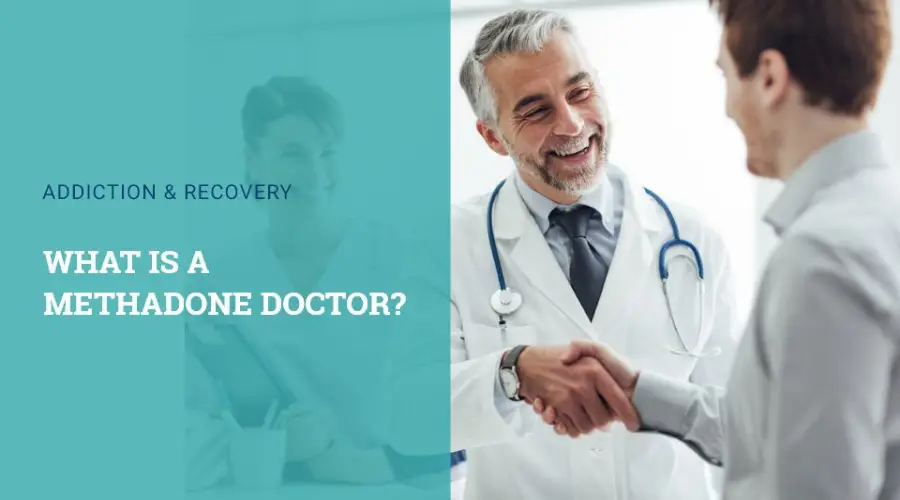Opioid rehabilitation clinics, also known as opioid treatment programs (OTPs), are specialized medical facilities that provide medication-assisted treatment (MAT) for individuals with opioid use disorder. Methadone is one of the medications that may be used in an Opioid Rehabilitation Clinic to help individuals overcome their opioid addiction and achieve long-term recovery. Here is a general overview of how an opioid rehabilitation clinic might work with methadone:
- Initial Assessment: The first step in treatment at an opioid rehabilitation clinic is an assessment to determine the appropriate course of treatment. This may include a physical examination, a review of the patient's medical and psychiatric history, and a substance abuse evaluation.
- Medication Selection: Based on the assessment, the clinician may recommend methadone as part of the patient's treatment plan. Methadone is a long-acting opioid agonist that can help to reduce cravings and withdrawal symptoms, as well as block the effects of other opioids.
- Dosing: Methadone is usually administered in a liquid form, and the dose is carefully adjusted over time to ensure that it is effective in managing the patient's withdrawal symptoms and cravings.
- Counseling: In addition to medication, opioid rehabilitation clinics typically provide counseling and other therapeutic services to help patients address the psychological and social factors that contribute to their opioid use. These may include individual therapy, group counseling, and family therapy.
- Follow-up Care: After the initial treatment period, patients will typically continue to receive follow-up care at the opioid rehabilitation clinic, including ongoing medication management and counseling. This can help to prevent relapse and promote long-term recovery.
It's important to note that while methadone can be an effective treatment for opioid addiction, it is not appropriate for everyone. It is important to work closely with a qualified healthcare provider to determine the best course of treatment for your individual needs.
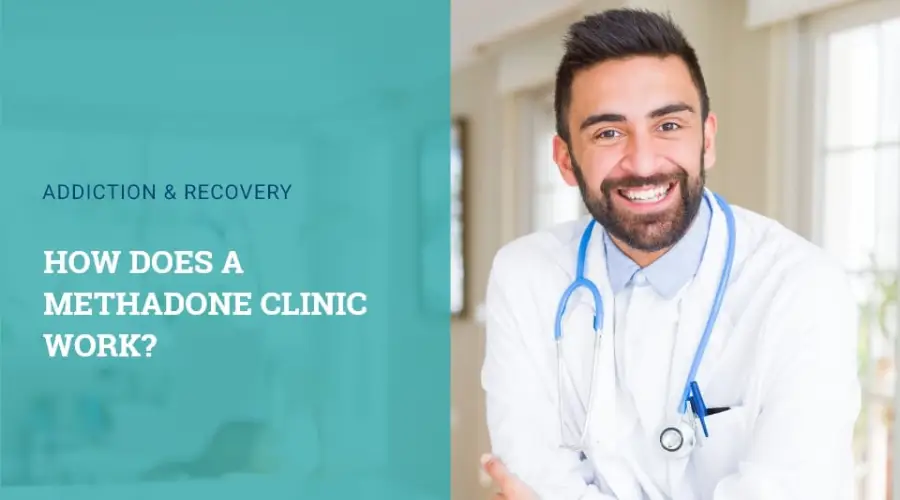
An opioid rehabilitation clinic that utilizes methadone as a treatment option typically follows a structured program to help individuals overcome their addiction to opioids. This typically involves the following steps:
- Initial Assessment: When a patient first arrives at the clinic, they will undergo a thorough assessment to determine the severity of their addiction, their current physical and mental health status, and any co-occurring conditions. This assessment will help the clinic tailor a treatment plan that meets the individual's specific needs.
- Induction: The next step is induction, which involves starting the patient on a low dose of methadone to help them overcome their physical dependence on opioids. The dose will be gradually increased over time as the patient's tolerance to the medication increases.
- Maintenance: Once the patient is stable on a maintenance dose of methadone, they will enter the maintenance phase of treatment. This typically involves regular visits to the clinic to receive their daily dose of methadone, as well as counseling and therapy sessions to address the underlying causes of their addiction.
- Gradual Tapering: As the patient progresses in their recovery, they may be able to gradually reduce their dose of methadone with the guidance of their treatment team. This process, known as tapering, helps the patient gradually wean off the medication and transition back to a life free of opioid dependence.
- Aftercare: Once the patient has completed the rehabilitation program, they will enter the aftercare phase, which involves ongoing support and resources to help them maintain their recovery. This may include ongoing counseling, group therapy sessions, and peer support groups.
An opioid rehabilitation clinic that utilizes methadone typically follows a set of guidelines and protocols to ensure the safety and effectiveness of treatment for those struggling with opioid addiction.
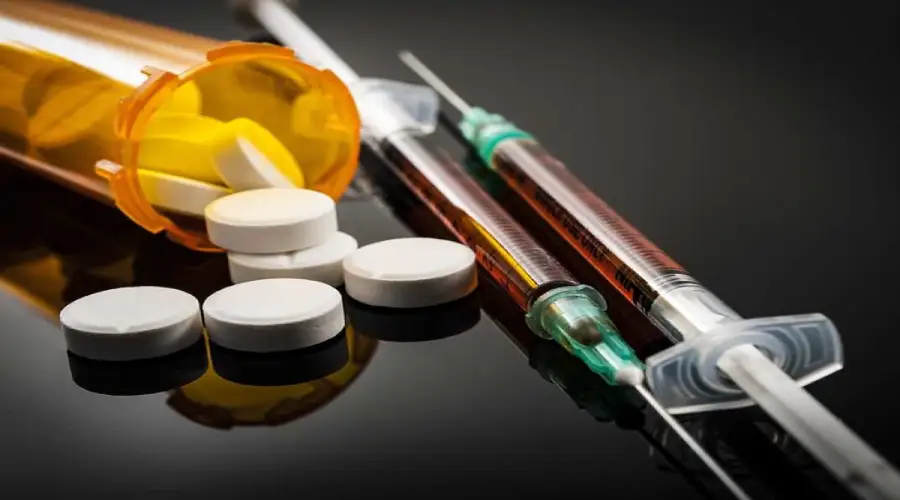
Here Is How An Opioid Rehabilitation Clinic May Work With Methadone:
- Intake And Assessment: Upon arriving at the clinic, patients will go through an intake process where they will be assessed by a healthcare provider to determine their suitability for methadone treatment. This may include a physical examination, drug screening, and a review of their medical history.
- Methadone Induction: Once a patient is approved for methadone treatment, they will begin the induction process. This involves starting on a low dose of methadone and gradually increasing the dosage until the patient is stable and no longer experiencing withdrawal symptoms.
- Ongoing Treatment: After the induction phase, patients will continue to visit the clinic daily to receive their methadone dose. The dosage may be adjusted as needed to ensure the patient is receiving the optimal level of treatment.
- Counseling And Support: In addition to receiving methadone, patients may also participate in counseling and support groups to help them address the underlying issues contributing to their addiction and learn coping skills to prevent relapse.
- Gradual Reduction And Tapering: As a patient's addiction improves, they may work with their healthcare provider to gradually reduce their methadone dosage and eventually taper off the medication altogether.
Overall, the goal of methadone treatment at an opioid rehabilitation clinic is to provide patients with the necessary support and medication to overcome their addiction and achieve long-term recovery.

